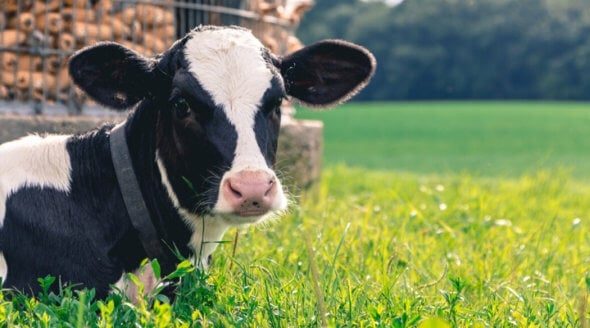All About Animals: STORY 9. “Herons”, by Rob Bullock
Herons often look like statues. They stand so still that they seem unreal, but if you get too close, they’ll spread their wide wings and take to the sky.
Herons are part of a very big bird family, a family that includes egrets and bitterns. Lots of different herons live all over the world, from Brazil to Bournemouth and from Lisbon to London. They have different sizes, shapes, colours and markings to match where they live. One great way to tell if a bird is a member of the heron family is to watch them fly. Unlike lots of birds who stick their necks out when flying, most of those in the heron family don’t – they bring their heads back against their chests. It looks a bit uncomfortable, but it works for them. And they have been around for thousands of years!
The most common herons in Britain are the grey herons. They get their name from the colour of their wings and back. They have a long white neck and a pointy, sharp yellow beak. They’re big birds, almost 1 metre tall! Despite their size, it’s easy to miss them when you’re walking, because they stand so still and blend in well with the river and its banks – they’re almost invisible!
Herons are very brainy. A professor says so! Dr. Louis Lefebvre of Canada says that he thinks herons are one of the most intelligent birds, because they can live almost anywhere – they don’t need to be near a river, lake or pond. They can build a nest in lots of different places, and they don’t really mind too much what they eat, as long as it’s tasty. They do like fish a lot, and they are great fishers, with those sharp spearing beaks and the patience to wait for a fish to swim by. But they also eat frogs, bugs and even small mammals, like mice and rats.
We are very lucky in my village, because we have a lovely clean river where herons live. A couple of months ago when I was walking my dogs in the river fields, I saw two herons together. Herons usually like to be alone, but these herons must have been looking after babies.
We can help herons by taking our litter home, by not throwing rubbish in rivers or ponds, and by generally respecting our surroundings.
The next time you go walking by a river or a lake, or even through some fields, keep your eyes wide open. Herons are hard to spot. But if you’re quiet and patient, you might be lucky enough to see one – or if you’re doubly lucky, two!
For more information about Rob Bullock and his stories, please visit www.ninnylizard.com.

